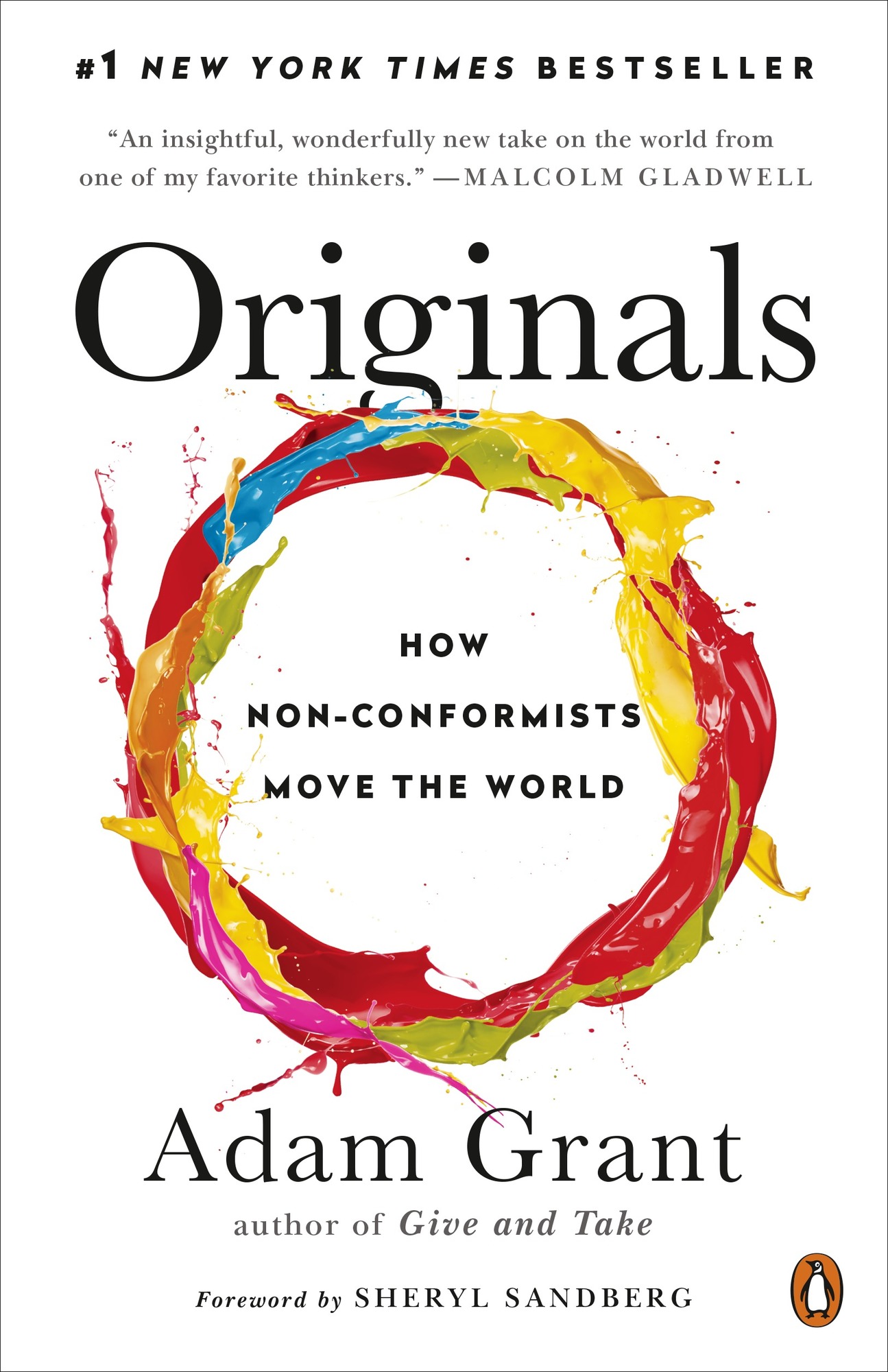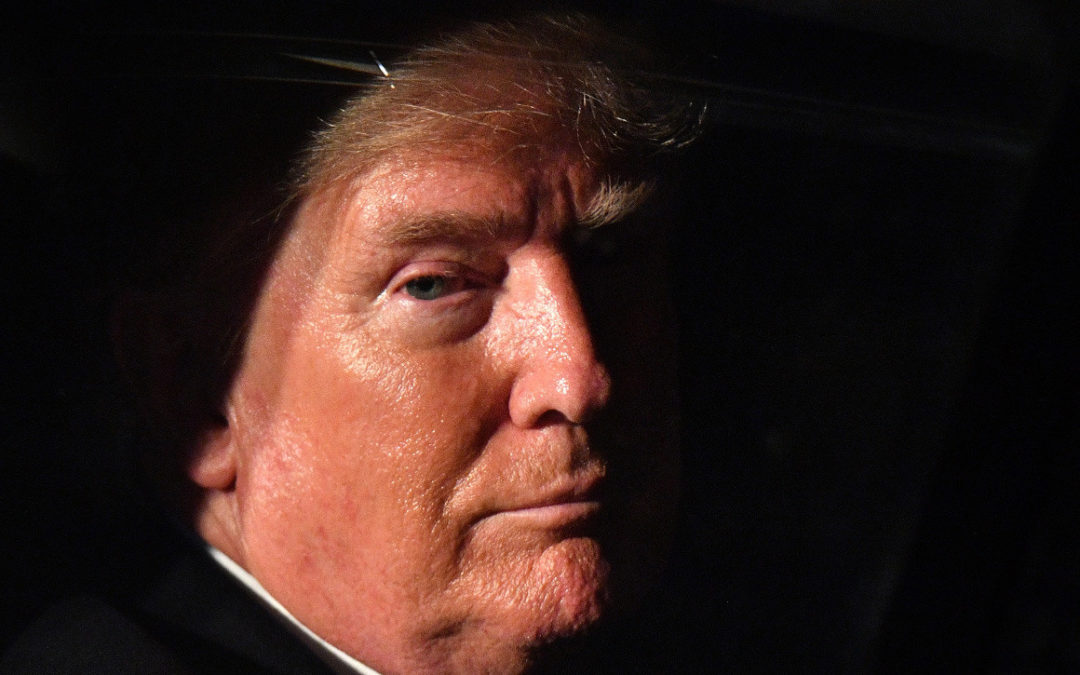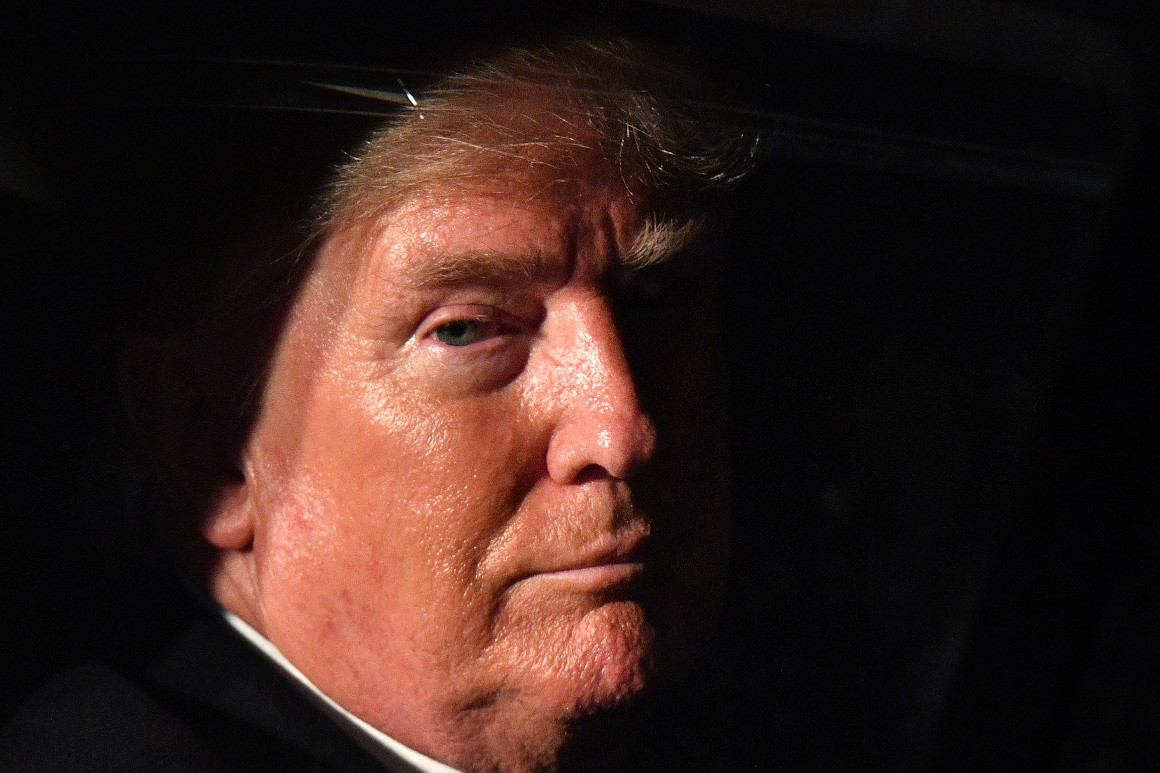
by Michael Bailey | Jan 29, 2020 | Government & Law, Politics, Psychology, Society and Culture |
Some people want to be the king. Their personality patterns suggest the future.

Bill Eddy LCSW, JD, Via Psychology Today
“Presidents are not kings,” wrote Judge Ketanji Brown Jackson on Monday, in requiring a White House lawyer to testify in response to a congressional subpoena.1
Last month, The Nation reported about British Prime Minister, Boris Johnson: “The allure of supreme personal power has always been strong for Johnson. As a child, he told a family friend that it was his ambition to be ‘world king.’”2
An oped in the Wall Street Journal last month was titled, “Putin Is the New King of Syria.”3 Not too long ago, a book was published called The New Tsar: The Rise and Reign of Vladimir Putin.4 Similar books and articles are being written about at least a dozen other world leaders.
Is there a “Wannabe King” personality? Did all of these leaders want to be a king since childhood? If so, what is their personality pattern of behavior? Can we predict some of their tendencies for the coming year?
I believe we can. The following is based on the research I did on a dozen world leaders for the book Why We Elect Narcissists and Sociopaths—And How We Can Stop!
Fantasies of Unlimited Power
Wannabe Kings appear to have one and only one goal: unlimited personal power. This is one of the traits in the DSM-5 for Narcissistic Personality Disorder (NPD).5 It is not an unusual characteristic, as many people in families, communities, and at work will recognize it.
Yet as world leaders, they appear to take it to an unusual extreme. They co-opt a political party—on the far left or far right—and give the appearance of having like-minded policy agendas in order to gain followers on their road to power.
Yet they have no loyalty to party or policy. When they get into power, their policies are based on what will gain them more power and their whims along the way to demonstrate how powerful they are.
In 2020, expect seemingly inconsistent, unpredictable, and at times whimsical policies, yet each of which is designed to ultimately give the Wannabe King more power.
Targets of Blame
In order to gain power, Wannabe Kings are preoccupied with blaming others—their targets of blame or fantasy villains. They consciously select these targets based on several characteristics, including that the targeted individual or group is somewhat familiar but relatively few in number, and politically weak, yet alleged to be secretly powerful.
Historically, examples of fantasy villains were Jews (Hitler), Kulak peasants (Stalin), and Communists in the federal government (McCarthy), to name a few. In modern times, they have been drug addicts (Duterte in The Philippines); gay people (Putin); journalists (Erdogan, Trump); and immigrants (Orban, Johnson, Trump, and several others)—even though immigrants are the weakest group, with no political power and little wealth.
In 2020, expect Wannabe Kings to increase their blaming of old and new targets in speeches, tweets, and Facebook posts that sound realistic and masquerade as political issues to be endlessly debated. Yet as we have learned about all high-conflict people, “The issue’s not the issue—the personality is the issue.”
Taking Over Legislative and Judicial Power
Wannabe Kings try to take over the functions of the legislature and the judiciary, so they can rule without restraint. Maduro of Venezuela replaced the National Assembly with his own legislature, filled with loyalists, who were empowered to re-write the constitution. Orban of Hungary forced the retirement of senior supreme court justices (who were opposed to his power grabs) to make way for his own appointees. Putin took over most of the power to fire governors and appoint legislators in his first few years in office. Boris Johnson suspended parliament this year, although the British Supreme Court overruled him. And Donald Trump has worked to sweep in a one-party judiciary, with hundreds of conservative judges appointed who are more likely tolerate the expansion of presidential power.
Wannabe Kings will not stop after unsuccessful power grabs. but will try one political issue after another. When they win, they gain power, and when they lose, they quickly announce a victory and move on to the next pursuit.
Fantasy Crises
All Wannabe Kings claim there is a terrible crisis that needs a heroic leader to fight against an evil villain. This is how they gain wide public support: fear of this villain. This is a typical con artist maneuver of distraction; the crisis tends to be a fantasy that they pump up with dramatic, highly exaggerated, or non-existent details.
Hitler used the Reichstag Fire (a small, non-threatening fire) to claim a crisis that convinced the parliament to give up all their power to him. Stalin used a grain crisis (which he primarily caused) to help him force peasants off of farms to collectivize the Ukraine and Russia. Putin said there was a crisis of politicians who were pedophiles, which he used to attack his opponents while making the public think this was a real issue. In the U.S., there has been the border wall to be built against a fantasy immigration crisis. In 2020, there will be new fantasy crises which will look like real political issues to debate on the surface, but the real goal is increased power for the Wannabe King.
Elimination of Those Around Them
Like kings of old, Wannabe Kings demand loyalty but give little in return. In fact, they attack those who have helped them when they become inconvenient or unwilling to bow down fully to their power. In extreme cases, they kill off their associates, like Hitler, Stalin, and Mao did, as well as Pol Pot in Cambodia and Idi Amin in Uganda in the 1970s.
In modern times, Putin is widely believed to have disposed of some of his former associates and critics this way, and Kim Jung-Un is widely believed to have killed his half-brother. Donald Trump is well known for turning against numerous associates and cabinet appointees, dismissing them via Twitter and publicly humiliating them.
In 2020, expect a further narrowing of decision-making and schemes to a small group of like-minded associates working directly out of the Wannabe King’s office.
Lying to the Public
Wannabe Kings lie constantly and successfully. What most people don’t realize is that such chronic lying and conning is a characteristic of antisocial personality disorder (ASPD), and not narcissistic personality disorder (which mostly involves exaggeration). In fact, the DSM-5 states that deceitfulness is a characteristic of ASPD and not NPD.6
While most people recognize traits of narcissism in Wannabe Kings, they usually miss the antisocial traits, which explains why they are highly aggressive risk-takers who lack remorse, may enjoy others’ pain, and are generally persuasive con artists. This dangerous combination of narcissism and antisocial behavior in leaders has also been called malignant narcissism by Erich Fromm and many others.7
In 2020, the lies of these Wannabe Kings will increase for two reasons: They are empowered by getting away with it, and they feel threatened by the limits that their nations are beginning to set on them and the questions that their followers are asking, so they lie more to support their previous lies. They will work hard to recruit an army of loyal followers to fight the ever-widening number of people who realize how dangerous and deceitful they are. They have so many secrets that more are bound to be revealed in 2020.
Conclusion
2020 will be a very interesting year for Wannabe Kings and those who want to understand them. People with personality awareness will be less surprised and more able to make wise decisions—as voters, public figures, and associates of Wannabe Kings. We will see which nations realize that “the political issue’s not the issue, the personality is the issue” and will take power away from them, rather than giving them more.

by Michael Bailey | Jan 28, 2020 | Environment & Ecology, Health & Medicine |
It may have started with a bat in a cave, but human activity set it loose.
By David Quammen, Via NYTimes
Jan. 28, 2020

A normally busy shopping district during the Chinese New Year holiday in Beijing.
The latest scary new virus that has captured the world’s horrified attention, caused a lockdown of 56 million people in China, disrupted travel plans around the globe and sparked a run on medical masks from Wuhan, Hubei Province, to Bryan, Texas, is known provisionally as “nCoV-2019.” It’s a clunky moniker for a lurid threat.
The name, picked by the team of Chinese scientists who isolated and identified the virus, is short for “novel coronavirus of 2019.” It reflects the fact that the virus was first recognized to have infected humans late last year — in a seafood and live-animal market in Wuhan — and that it belongs to the coronavirus family, a notorious group. The SARS epidemic of 2002-3, which infected 8,098 people worldwide, killing 774 of them, was caused by a coronavirus, and so was the MERS outbreak that began on the Arabian Peninsula in 2012 and still lingers (2,494 people infected and 858 deaths as of November).
Despite the new virus’s name, though, and as the people who christened it well know, nCoV-2019 isn’t as novel as you might think.
Something very much like it was found several years ago in a cave in Yunnan, a province roughly a thousand miles southwest of Wuhan, by a team of perspicacious researchers, who noted its existence with concern. The fast spread of nCoV-2019 — more than 4,500 confirmed cases, including at least 106 deaths, as of Tuesday morning, and the figures will have risen by the time you read this — is startling but not unforeseeable. That the virus emerged from a nonhuman animal, probably a bat, and possibly after passing through another creature, may seem spooky, yet it is utterly unsurprising to scientists who study these things.
One such scientist is Zheng-Li Shi, of the Wuhan Institute of Virology, a senior author of the draft paper (not yet peer reviewed and so far available only in preprint) that gave nCoV-2019 its identity and name. It was Ms. Shi and her collaborators who, back in 2005, showed that the SARS pathogen was a bat virus that had spilled over into people. Ms. Shi and colleagues have been tracing coronaviruses in bats since then, warning that some of them are uniquely suited to cause human pandemics.
In a 2017 paper, they set out how, after nearly five years of collecting fecal samples from bats in the Yunnan cave, they had found coronaviruses in multiple individuals of four different species of bats, including one called the intermediate horseshoe bat, because of the half-oval flap of skin protruding like a saucer around its nostrils. The genome of that virus, Ms. Shi and her colleagues have now announced, is 96 percent identical to the Wuhan virus that has recently been found in humans. And those two constitute a pair distinct from all other known coronaviruses, including the one that causes SARS. In this sense, nCoV-2019 is novel — and possibly even more dangerous to humans than the other coronaviruses.
I say “possibly” because so far, not only do we not know how dangerous it is, we can’t know. Outbreaks of new viral diseases are like the steel balls in a pinball machine: You can slap your flippers at them, rock the machine on its legs and bonk the balls to the jittery rings, but where they end up dropping depends on 11 levels of chance as well as on anything you do. This is true with coronaviruses in particular: They mutate often while they replicate, and can evolve as quickly as a nightmare ghoul.
Peter Daszak, the president of EcoHealth Alliance, a private research organization based in New York that focuses on the connections between human and wildlife health, is one of Ms. Shi’s longtime partners. “We’ve been raising the flag on these viruses for 15 years,” he told me on Friday with calm frustration. “Ever since SARS.” He was a co-author of the 2005 bats-and-SARS study, and again of the 2017 paper about the multiple SARS-like coronaviruses in the Yunnan cave.
Mr. Daszak told me that, during that second study, the field team took blood samples from a couple of thousand Yunnanese people, about 400 of whom lived near the cave. Roughly 3 percent of them carried antibodies against SARS-related coronaviruses.
“We don’t know if they got sick. We don’t know if they were exposed as children or adults,” Mr. Daszak said. “But what it tells you is that these viruses are making the jump, repeatedly, from bats to humans.” In other words, this Wuhan emergency is no novel event. It’s part of a sequence of related contingencies that stretches back into the past and will stretch forward into the future, as long as current circumstances persist.
So when you’re done worrying about this outbreak, worry about the next one. Or do something about the current circumstances.
Current circumstances include a perilous trade in wildlife for food, with supply chains stretching through Asia, Africa and to a lesser extent, the United States and elsewhere. That trade has now been outlawed in China, on a temporary basis; but it was outlawed also during SARS, then allowed to resume — with bats, civets, porcupines, turtles, bamboo rats, many kinds of birds and other animals piled together in markets such as the one in Wuhan.
Current circumstances also include 7.6 billion hungry humans: some of them impoverished and desperate for protein; some affluent and wasteful and empowered to travel every which way by airplane. These factors are unprecedented on planet Earth: We know from the fossil record, by absence of evidence, that no large-bodied animal has ever been nearly so abundant as humans are now, let alone so effective at arrogating resources. And one consequence of that abundance, that power, and the consequent ecological disturbances is increasing viral exchanges — first from animal to human, then from human to human, sometimes on a pandemic scale.
We invade tropical forests and other wild landscapes, which harbor so many species of animals and plants — and within those creatures, so many unknown viruses. We cut the trees; we kill the animals or cage them and send them to markets. We disrupt ecosystems, and we shake viruses loose from their natural hosts. When that happens, they need a new host. Often, we are it.
The list of such viruses emerging into humans sounds like a grim drumbeat: Machupo, Bolivia, 1961; Marburg, Germany, 1967; Ebola, Zaire and Sudan, 1976; H.I.V., recognized in New York and California, 1981; a form of Hanta (now known as Sin Nombre), southwestern United States, 1993; Hendra, Australia, 1994; bird flu, Hong Kong, 1997; Nipah, Malaysia, 1998; West Nile, New York, 1999; SARS, China, 2002-3; MERS, Saudi Arabia, 2012; Ebola again, West Africa, 2014. And that’s just a selection. Now we have nCoV-2019, the latest thump on the drum.
Current circumstances also include bureaucrats who lie and conceal bad news, and elected officials who brag to the crowd about cutting forests to create jobs in the timber industry and agriculture or about cutting budgets for public health and research. The distance from Wuhan or the Amazon to Paris, Toronto or Washington is short for some viruses, measured in hours, given how well they can ride within airplane passengers. And if you think funding pandemic preparedness is expensive, wait until you see the final cost of nCoV-2019.
Fortunately, current circumstances also include brilliant, dedicated scientists and outbreak-response medical people — such as many at the Wuhan Institute of Virology, EcoHealth Alliance, the United States Centers for Disease Control and Prevention (C.D.C.), the Chinese C.D.C. and numerous other institutions. These are the people who go into bat caves, swamps and high-security containment laboratories, often risking their lives, to bring out bat feces and blood and other precious evidence to study genomic sequences and answer the key questions.
As the number of nCoV-2019 cases has increased, and the death toll along with it, one metric, the case fatality rate, has remained rather steady so far: at about or below 3 percent. As of Tuesday, less than three out of 100 confirmed cases had died. That’s relatively good luck — worse than for most strains of influenza, better than for SARS.
This good luck may not last. Nobody knows where the pinball will go. Four days from today, the number of cases may be in the tens of thousands. Six months from today, Wuhan pneumonia may be receding into memory. Or not.
We are faced with two mortal challenges, in the short term and the long term. Short term: We must do everything we can, with intelligence, calm and a full commitment of resources, to contain and extinguish this nCoV-2019 outbreak before it becomes, as it could, a devastating global pandemic. Long term: We must remember, when the dust settles, that nCoV-2019 was not a novel event or a misfortune that befell us. It was — it is — part of a pattern of choices that we humans are making.
David Quammen is an author and journalist whose books include “Spillover: Animal Infections and the Next Human Pandemic.”









